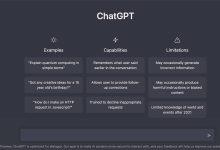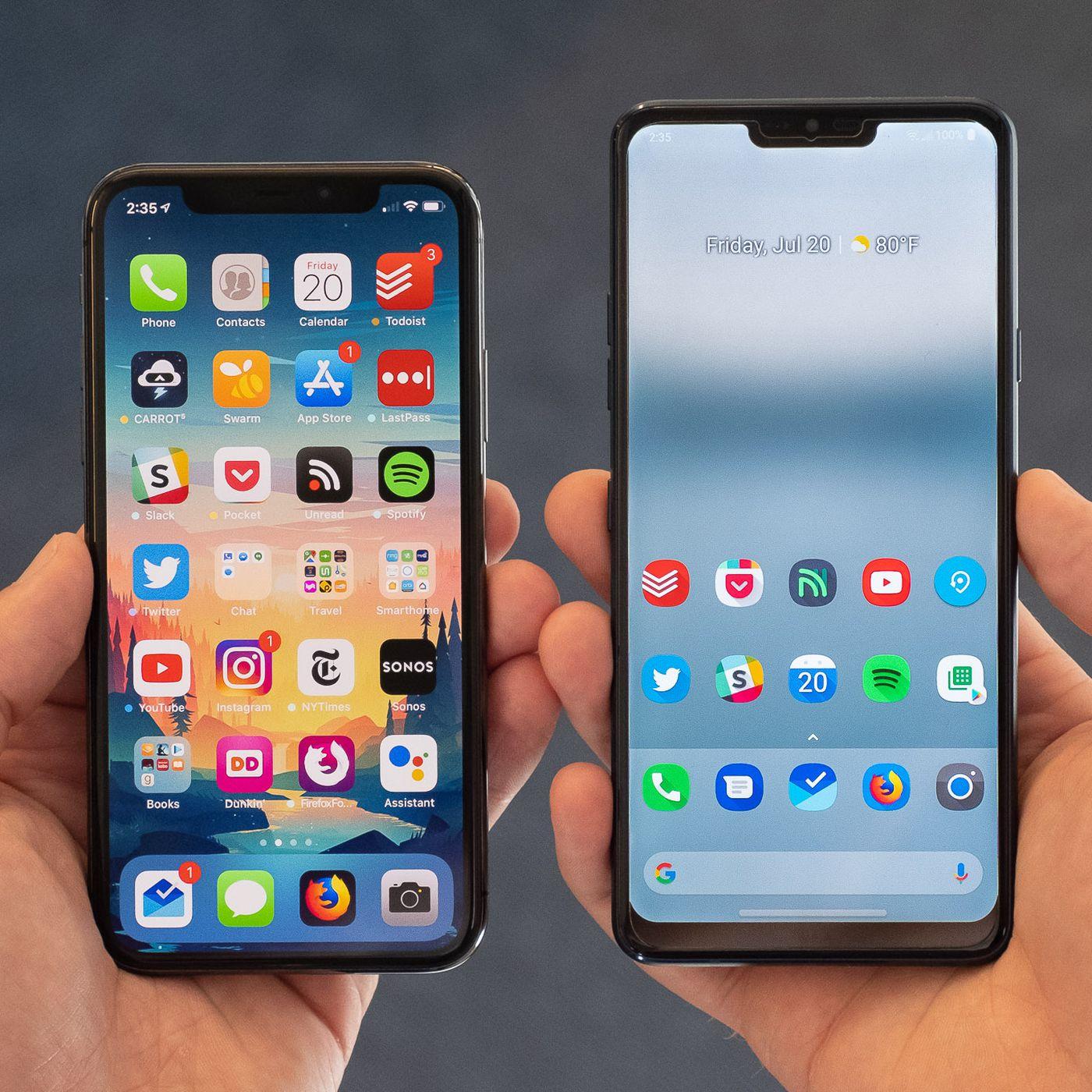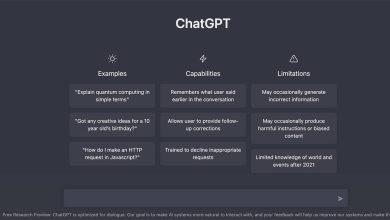OpenAI’s ChatGPT: What is ChatGPT and how does it work?
ChatGPT is a large language model developed by OpenAI. It was trained on a massive amount of text data to learn the patterns and structures of human language, with the goal of generating human-like text. ChatGPT uses a powerful neural network architecture known as a transformer, which allows it to handle long-range dependencies and generate text that is fluent and coherent. It was introduced in 2021 as a successor to OpenAI’s GPT-3 model, and builds upon its capabilities with improvements such as a larger capacity and a more efficient architecture.
Introduction to ChatGPT: What is ChatGPT and how does it work?
ChatGPT is a large language model developed by OpenAI. It was trained on a massive amount of text data to learn the patterns and structures of human language, with the goal of generating human-like text. ChatGPT uses a powerful neural network architecture known as a transformer, which allows it to handle long-range dependencies and generate text that is fluent and coherent.
History of ChatGPT: How was ChatGPT developed and when was it released?
ChatGPT was first introduced in 2021, as a successor to OpenAI’s GPT-3 model. It builds upon the capabilities of GPT-3, but adds several new features and improvements. For example, ChatGPT has a larger capacity, allowing it to handle more complex tasks and generate longer and more detailed text. It also has a more efficient architecture, which makes it faster and more cost-effective to use.
What You Need to Know About ChatGPT’s Parent Company OpenAI
OpenAI is a nonprofit research company that focuses on developing artificial intelligence for the benefit of humanity. It was founded in 2015 by Elon Musk, Sam Altman, Greg Brockman, John Schulman, and Ilya Sutskever. These individuals are all prominent figures in the field of artificial intelligence and have been instrumental in the development of innovative technologies and AI-based solutions. OpenAI is dedicated to advancing the field of AI and making it more accessible and beneficial to people around the world.
Features and capabilities of ChatGPT: What can ChatGPT do and what sets it apart from other language models?
One of the key features of ChatGPT is its ability to generate personalized text. It can learn from a given prompt and generate text that is tailored to the given context, such as the topic, style, and tone of the conversation. This allows ChatGPT to engage in natural and engaging conversations with users. It can also generate text in multiple styles and formats, such as short sentences, paragraphs, or even full articles.
Applications of ChatGPT: How is ChatGPT being used in the real world?
ChatGPT is being used in a variety of applications, including chatbots, content generation, and language translation. For example, it is being used to power conversational agents that can answer questions, provide information, and engage in dialog with users. It is also being used to generate content for websites and social media, such as articles, blog posts, and social media posts. And it is being used to improve the accuracy and fluency of machine translation systems.
Limitations and challenges of ChatGPT: What are the current limitations of ChatGPT and what challenges does it face?
Despite its impressive capabilities, ChatGPT still has some limitations. For example, it can sometimes generate text that is repetitive or generic, especially when given a limited amount of data or a narrow prompt. It can also struggle with understanding complex or abstract concepts, or with generating text that is nuanced or original. These limitations can make it difficult for ChatGPT to perform well on certain tasks, such as creative writing or critical thinking.
Future of ChatGPT: How do experts expect ChatGPT to evolve and what new capabilities might it gain?
Looking to the future, experts expect ChatGPT to continue to evolve and gain new capabilities. For example, it may be able to learn from more diverse and specialized data, such as technical documents or creative works. This would allow it to generate text that is more accurate, fluent, and creative. It may also be able to learn from multiple sources and integrate information from different domains, which would enable it to handle more complex and open-ended tasks.
Conclusion
In conclusion, ChatGPT is a powerful language model that is capable of generating human-like text. Its ability to generate personalized and diverse text makes it a valuable tool for a wide range of applications. However, it still faces some limitations and challenges, which will need time to get all the features functional.







